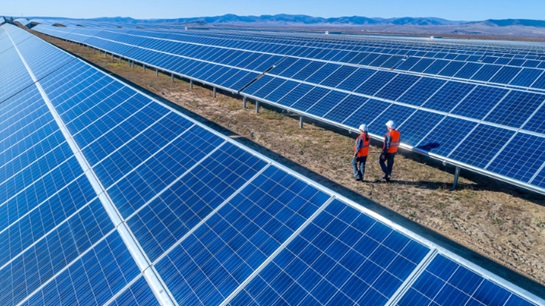ROLE OF INFRASTRUCTURE INVESTMENT IN EMERGING MARKETS
Source: asiainsurancereview.com
Emerging markets will invest $2.2tn in infrastructure annually over the next 20 years, equal to 3.9% of GDP, according to estimates in the latest sigma report released by Swiss Re Institute.

The energy sector, in particular renewable energy, smart and resilient infrastructure, and healthcare facilities are expected to attract strong investment. Sigma estimates that emerging market infrastructure represents an annual investment opportunity of $920bn for long-term investors, including insurers. The construction and operational phases of infrastructure projects will also generate new demand for insurance solutions, with engineering, property and energy lines of business set to benefit most.
“In the coming years, Asia will invest more in infrastructure than anywhere else in the world, with the region’s emerging economies accounting for more than a third of associated spend,“ said Mr Russell Higginbotham, Swiss Re CEO Reinsurance Asia. The sigma estimates that total infrastructure investment in emerging Asia will average $1.7tn annually over the next 20 years, or 4.2% of GDP.
Mr Jerome Jean Haegeli, group chief economist at Swiss Re, said, “Most infrastructure spending will be in emerging Asia, which we also expect to be the engine of global economic growth.”
With interest rates set to remain low, infrastructure projects can deliver attractive yields to help insurers match their long-term liabilities. These projects also offer an opportunity for regional and asset class diversification, and for investment in environmentally and socially-responsible initiatives. A key differentiator for emerging markets in the next 20 years will be their ability to commit to policies that favour market-friendly frameworks to make infrastructure a standardised and tradable asset class, as well as low tariff complexity and fiscal prudence, the sigma says. Insurers can further support sustainable growth in emerging markets by closing the infrastructure gap in different regions.
Insurers can also underwrite the risks inherent in the construction and operation phases of infrastructure projects. The sigma estimates a total premium opportunity of more than $50bn over the next 10 years, based on projected levels of investment across the largest seven emerging markets (Brazil, China, India, Indonesia, Mexico, Russia, and Thailand).
Among lines of business, engineering – with construction-all-risk premiums estimated to be $22bn – is expected to benefit the most. In the operation phase, property premiums are estimated to reach $19.4bn, while premiums from renewable energy projects will be around $9.7bn. There will also be increased demand for marine and liability insurance.


